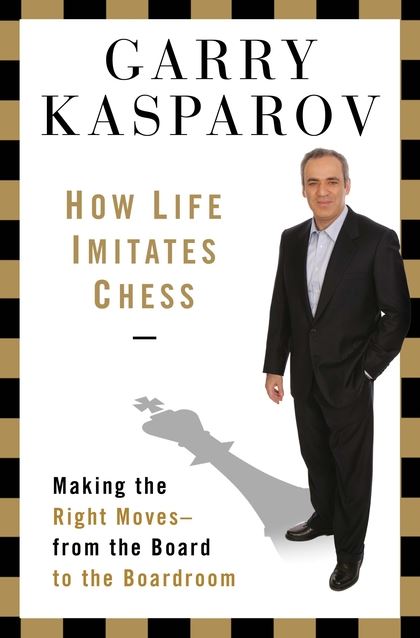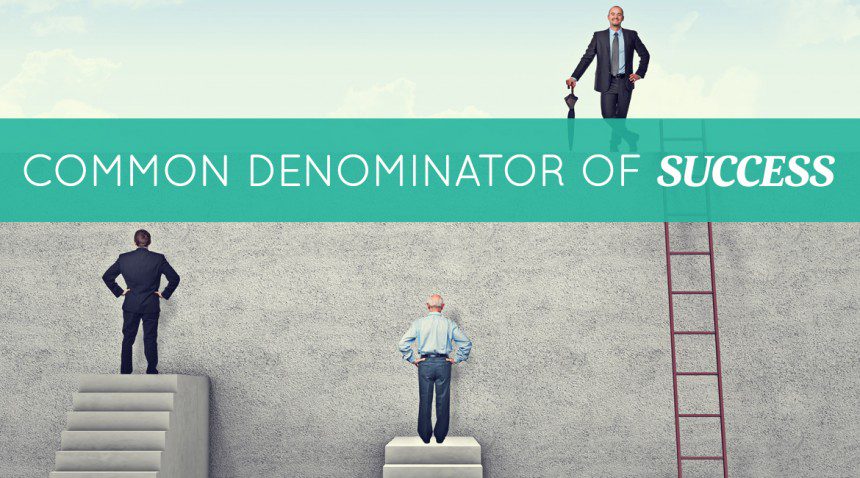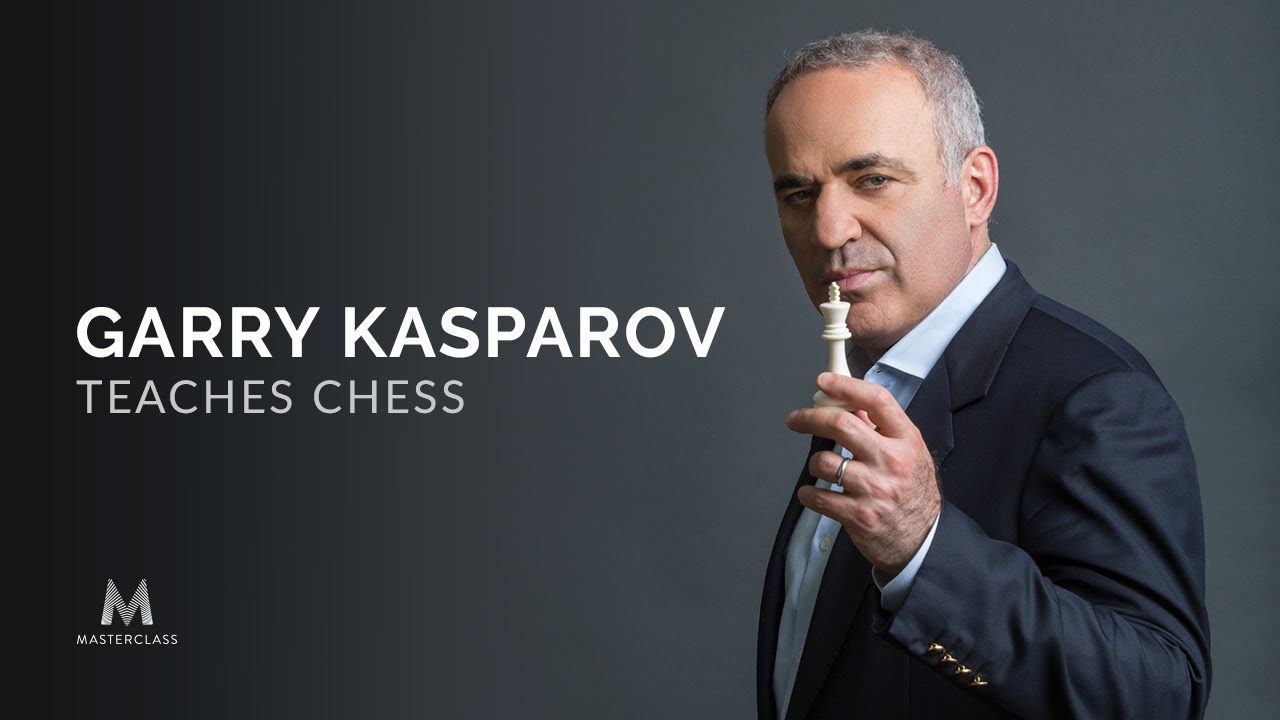“Chess is above all a struggle, the point is always to win, no matter how you define winning.” – Emanuel Lasker of Germany, the second world champion
Print | eBook (Kindle) | Audiobook
Garry Kasparov was the highest-rated chess player in the world for over twenty years and is widely considered the greatest player that ever lived. In How Life Imitates Chess, Kasparov distills the lessons he learned over a lifetime as a Grandmaster to offer a primer on successful decision-making: how to evaluate opportunities, anticipate the future, devise winning strategies.
He relates in a lively, original way all the fundamentals, from the nuts and bolts of strategy, evaluation, and preparation to the subtler, more human arts of developing a personal style and using memory, intuition, imagination and even fantasy. Kasparov takes us through the great matches of his career, including legendary duels against both man (Grandmaster Anatoly Karpov) and machine (IBM chess supercomputer Deep Blue), enhancing the lessons of his many experiences with examples from politics, literature, sports and military history.
“The stock market and the gridiron and the battlefield aren’t as tidy as the chessboard, but in all of them, a single, simple rule holds true: make good decisions and you’ll succeed; make bad ones and you’ll fail.”
Here are my favourite take aways from reading How life Imitates Chess by Gary Kasparov:
Why Chess?
- To play chess on a truly high level requires a constant stream of exact, informed decisions, made in real-time and under pressure from your opponent. What’s more, it requires a synthesis of some very different virtues, all of which are necessary to good decisions: calculation, creativity, and a desire for results. If you ask a Grandmaster, an artist, and a computer scientist what makes a good chess player, you’ll get a glimpse of these different strengths in action.
Chess is a unique cognitive nexus, a place where art and science come together in the human mind and are then refined and improved by experience.
Decision Making
- You must become conscious of your decision-making processes, and with practice they will improve your intuitive—unconscious— performance. This is required because as adults we have already formed our patterns, good and bad. To correct the bad and enhance the good you must take an active role in becoming more self-aware.
- The “secret” then is to actively, consciously pursue these challenges instead of avoiding them. This is the only way to discover and to exploit all your gifts. Developing your personal blueprint allows you to make better decisions, to have the confidence to trust your instincts, and to know that no matter the result, you will come out stronger. There, inside each of us, is our unique secret of success.
“It’s not enough to be talented. It’s not enough to work hard and to study late into the night. You must also become intimately aware of the methods you use to reach your decisions.“
- Self-awareness is essential to being able to combine your knowledge, experience, and talent to reach your peak performance. Few people ever perform this sort of analysis. Every decision stems from an internal process, whether at the chessboard, in the White House, in the boardroom, or at the kitchen table. The subject matter of those decisions will be different, but the process can be very similar.
Strategy vs Tactics
“Tactics is knowing what to do when there is something to do; strategy is knowing what to do when there is nothing to do.”—Savielly Tartakower
- A bad plan is better than no plan at all is more clever than true. Every step, every reaction, every decision you make, must be done with a clear objective. Other wise you can’t make anything but the most obvious decisions with the confidence that the decision is really to your advantage.
- If you play without long-term goals your decisions will become purely reactive and you’ll be playing your opponent’s game, not your own. As you jump from one new thing to the next, you will be pulled off course, caught up in what’s right in front of you instead of what you need to achieve.
- The strategist starts with a goal in the distant future and works backward to the present. A Grandmaster makes the best moves because they are based on what he wants the board to look like ten or twenty moves in the future. This doesn’t require the calculation of countless twenty-move variations. He evaluates where his fortunes lie in the position and establishes objectives. Then he works out the step-by-step moves to accomplish those aims.
“Strategy without tactics is the slowest route to victory. Tactics without strategy is the noise before defeat.” – Sun Tzu
Ask Why?
- Chess clearly shows us the power of “Why?” Every move has a consequence; every move either fits into your strategy or it doesn’t. If you aren’t questioning your moves consistently, you will lose to the player who is playing with a coherent plan.
- You must know what questions to ask and ask them frequently. Have conditions changed in a way that necessitates a change in strategy or is a small adjustment all that is required? Have fundamental goals changed for some reason? Why have the conditions changed? Why are my results not as good as they once were? Avoid change for the sake of change.
Play Your Own Game
- A key to developing successful strategies is to be aware of your strengths and weaknesses, to know what you do well. Two strong chess players can have very different strategies in the same position and they might be equally effective—leaving aside those positions in which a single forced winning line is available. Each player has his own style, his own way of solving problems and making decisions.
Don’t spend so much time worrying about the other guy that you lose sight of your own goals and your own performance.
Moves with an extra charge of fantasy can startle your competition into making mistakes.
- Too often we quickly discard apparently outlandish ideas and solutions, especially in areas where the known methods have been in place for a long time. The failure to think creatively is as much self-imposed as it is imposed by the parameters of our jobs and of our lives. “What if?” often leads to “Why not?” and at that point we must summon our courage and find out.
Be Aware of Your Routines, Then Break Them
- You won’t find new ways of solving problems unless you look for new ways and have the nerve to try them when you do find them. They won’t all work as expected, of course. The more you experiment, the more successful your experiments will be. Break your routines, even to the point of changing ones you are happy with to see if you can find new and better methods.
If a man has a talent and cannot use it, he has failed. —THOMAS WOLFE
Focus on Result
- If critics and competitors can’t match your results, they will often denigrate the way you achieve them. Fast, intuitive types are called lazy. Dedicated burners of midnight oil are called obsessed. And while it’s obviously not a bad idea to hear and consider the opinions of others, you should be suspicious when these criticisms emerge right on the heels of a success.
Efficiency
- We can all work longer hours, study more, watch less TV, but the ability to remain effective under increasing strain varies from person to person. Everyone has a unique level of efficiency in his ratio of work to results. A Capablanca might be creative for an hour but burn out after two. An Alekhine might need four hours to get those same results, but is capable of working for eight hours without a drop in productivity.
- It is critical to know what motivates you, to find out how to push yourself that extra mile. For me it’s sticking to a regimen. As long as I don’t make exceptions to my program, I feel motivated. I also know that I need new challenges to stay engaged. The minute I begin to feel something has become repetitive or easy, I know it’s time to quickly find a new target for my energy.
Knowing what to look for is only the first challenge. Good decisions require the ability to weigh all of the factors present and to decide the best balance among them.
MTQ: MATERIAL, TIME, QUALITY
The balance among these three factors is the foundation of every move in chess—and in every decision we make. Making a correct evaluation— and then a correct decision—requires understanding the trade-offs and relative values of these core elements.
- Material describes our tangible assets.
- Time is how long it takes to achieve a specific objective.
- Quality, the most important element and a goal unto itself, is value—or even power. We strive to gain in every area and also to invest and balance the factors correctly.
Material, the Fundamental Element
- Evaluating a position goes well beyond looking for the best move. The move is only the result, the product of an equation that must first be imagined and developed. So, determine the relevant factors, measure them, and, most critically, determine the optimal balance among them. Before you can begin your search for the keys to a position, you have to perform this basic due diligence.
- The simplest and perhaps most important area to evaluate is material. Assets, stock, cash, goods, pieces and pawns, it’s all material. In chess, the first thing we do when we look at the board is count the pieces. How many pawns, how many knights and rooks? Do I have more or less material than my opponent?
Time Is Money
- Anyone who has ever worked for an hourly wage knows that in the most basic sense time has value. Your employer exchanges material—money— for labor, as measured by the hours you work. This is “clock time,” measured and understood in the same way everywhere. It is quite different from what chess players call “board time,” which is the number of steps it takes to accomplish an objective.
- Chess players are used to thinking of both types of time during a game. Your clock is ticking and you have a limited amount of time to make all your moves: clock time. Then you have the game itself, where time is divided neatly into moves, alternating between you and your opponent. How many moves does it take to get from point A to point B? How long will it take for my knight to threaten his queen? Can I reach my objective before my opponent reaches his? That is board time. And as I hope to show, success in every kind of enterprise requires the ability to understand and use both sorts of time to your advantage.
Phases of the Game
- One of the most durable methods is to break the game into three parts, or phases: the opening, the middle game, and the endgame. There is no agreed-upon formula for determining exactly when one ends and another begins, but without question each phase has distinctive characteristics and each poses problems that benefit from different modes of thinking.
All the best in your quest to get better. Don’t Settle: Live with Passion.



Comments are closed.